 Around 90 per cent of the health problems and deaths in fishponds can be put down to poor husbandry. Having taken the trouble to select your fish carefully avoiding any obviously diseased or damaged ones, the trick is to keep them that way. Water quality is probably the single biggest factor in fish health – master that and looking after your fish suddenly becomes a whole lot easier.
Around 90 per cent of the health problems and deaths in fishponds can be put down to poor husbandry. Having taken the trouble to select your fish carefully avoiding any obviously diseased or damaged ones, the trick is to keep them that way. Water quality is probably the single biggest factor in fish health – master that and looking after your fish suddenly becomes a whole lot easier.
Clean Water
Fish turn around five per cent of what they eat into ammonia which they then excrete. Natural ponds achieve a biological balance, developing an entire mini ecosystem all of their own in which this nitrogen-rich waste is removed – being used as a nutrient by the plants – so the water is constantly purified. In the artificial confines of the fishpond, this seldom happens, except perhaps in the case of a few goldfish in a well planted water garden. Even a pond stocked to appropriate levels will almost certainly hold more fish than its “wild” counterpart, so the production of nitrogenous waste is greater and the number of plants available to remove them fewer; a build up is inevitable, and harmful.
To keep fish healthy, the ammonia level in the water needs to be kept as near to zero as possible – so in effect, the fish are poisoning their own water, day by day.
Bio-Filter
Fortunately there is a relatively easy solution in the form of a good bio-filter, which will turn the ammonia into nitrates, a useful plant fertiliser which expands the pond’s own ability to self-clean, but one piece of technology tends to need another. With all this plant food available and the deliberately sparsely planted open water of a typical fishpond, conditions are perfect for algal growth, and the scourge of green water making the addition of a UV clarifier something of a necessity.
However, important though the whole issue of nitrogen is, it is not the only factor in water quality which needs to be addressed to keep fish in the best of health. Other things to consider include keeping the pond free of harmful chemicals, such as pesticides or weed-killers and how well the water meets any specific pH, temperature or hardness requirements that the particular type of fish may have. Finally, as much as possible, the water quality should not be allowed to fluctuate wildly, as this can place serious stress on the fish and may leave them open to disease. A healthy environment is a stable one.
Feeding
With the water in tip-top condition, the next thing to get right is the feeding. In the wild, most of the commonly kept fish species are omnivorous, happily eating a wide range of things from plants through to insects and larger prey including other fish depending on their size. The various forms of carp for example which includes goldfish and koi are natural foragers, adapted to feed over a long time, often on rather poor quality food. This part of their character in the pond explains why they seem so eternally ready to eat and why overfeeding them is so easy to do, when they appear to be so permanently hungry. However, because fish are cold-blooded, the amount of food they actually need depends on the temperature of the water and as it rises in summer so does their food intake.
Good quality modern fish-foods are specially formulated to be easily digested and come in a variety of types. As a general rule of thumb, high protein foods should be fed during the summer, cutting back to lower protein content as winter approaches and stopping all feeding once the water drops to around 4 degrees C. Uneaten food should be removed at once as it will breakdown and contribute to the nitrogen problem discussed previously and, hard though it can sometimes be, the temptation to feed just a little bit more should be resisted; there will always be some natural food in the pond.
Disease
The good fish-keeper always needs to be on the look-out for disease. There are many different illnesses which can affect pond fish and the bad news is, that if one fish is ill, its friends are not likely to be long behind it, so early diagnosis and correct treatment are essential. Most hobbyist books give very good descriptions of the more commonly encountered diseases and professional veterinary help should always be sought if there is any doubt as to what is going on. Nine-tenths of disease control is in spotting the warning signs early enough, so any changes in behaviour such as refusing to eat, inability to swim properly, sinking to the bottom, or alternatively, always being at the surface should be cause for further investigation. Watch out too for any cuts, abrasions, ulcers or sores, fungus or waxy lumps, missing scales, split fins and cloudy or infected eyes. Fortunately, if they are detected and properly identified in the early stages, the most common problems can usually be cured, fairly easily and quickly.
Given the statistics about fish health, getting the water chemistry right and regularly testing to make sure it stays that way feeding good quality food and keeping an eye out for the first signs of disease should see you avoiding almost all of the usual problems. Looking after your fish is definitely a case where prevention has got to be far better than cure.
Last Modified: January 25, 2022

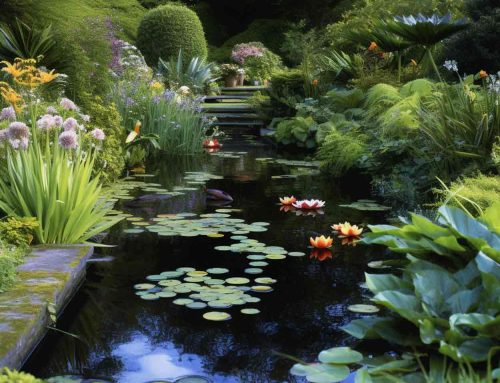
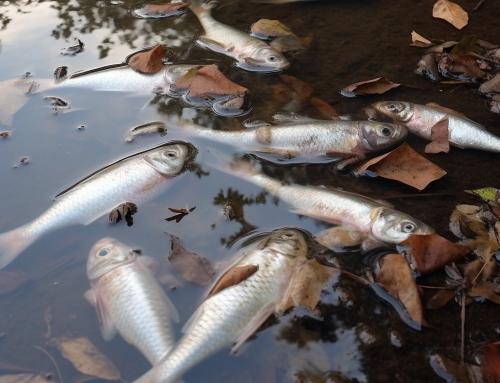
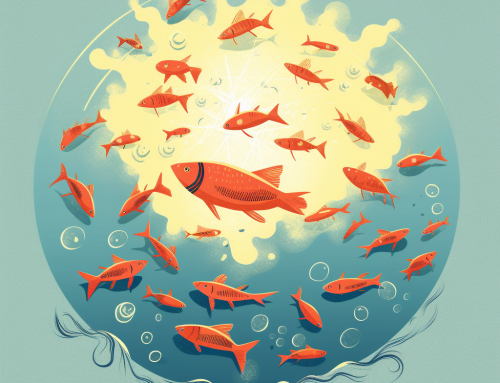
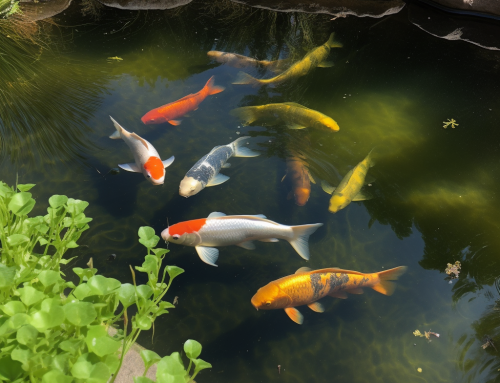


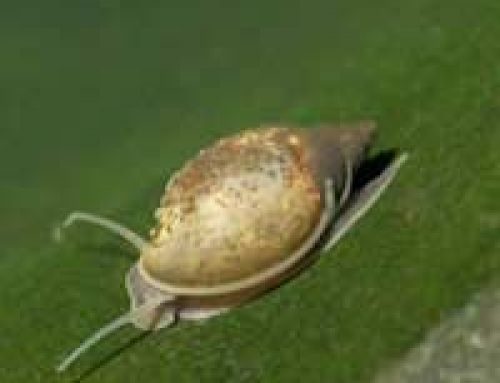

Hi, bear with me this is a long post but I need advice. I have a pond with 6 fish approx 20cm long. Last year they spawned, the usual signs frothy water and constant chasing and bashing the female. I expected if any eggs were laid the fish would just eat them. We had a bad winter and the fountain partially froze over. In March I was sitting watching my fish as I often do and I spotted a tiny fish approx 3cm long. Amazed it hadn’t been eaten and that it survived the winter cold. My question is…..I haven’t seen it since then is it likey to have been eaten, if not do I try to catch it and separate it, I have a lot of pond plants which I think it was hiding in. What should I do next?
Hi I have just purchased 6 small Koi. The pond water has been tested and it’s fine. However I think the water was too cold for them as its 5 Deg and should be 12 or above? All 6 are motionless lying on the bottom. Are they dead or in hibernation? The shop I bought them from says just leave them but I’m worried they will die or are already dead. Would a pond heater help? Pond is 2.4m x 1.6m x 0.5m max. Any help would be much appreciated?
I have 25 goldfish in my pond outside but in the winter I have British smooth newts and they seem to get on well but next to my pond I have another pond the same size on the other side of the garden and I was going to put more fish in there until I noticed I had at least 20 great crested newts in there and in not sure whether to put goldfish in there or not considering the fact that the exact newt is protected.
The advice for Great Crested Newts is that ponds should ideal have neutral to alkaline water (pH 6 or above) with areas of open water and vegetation at the sides – good breeding ponds tend to be free of fish. You may want to check directly with a body like Freshwater Habitats
Water in my pond has developed a brownish foam around the Fountain area.
I have large pregnant ghost carp, was being harrased bumped about by other fish, i have separated her, but she now has what looks like green weed attached to her, i’ve treated water but no improvement, someone suggested salt bath, would this help, or is there anything else to try. Tks
Hi JoyceP. We hope your new pond is successful. There is lots of advice on this website which we hope will help you and that some of our readers will share their experiences with you.
Hi pond keepers I am new to keeping a pond and am at the moment having a new pond built witch will be 8ft square and about 3ft in depth , I would be grateful for any advice from experienced pond keepers on how to look after my fish and the number of fish I can keep, I am using railway sleepers to finish my pond and am wanting to keep it wildlife with plants, I have a dragdon 5in1 3000 pump , thank you for any advice and pictures